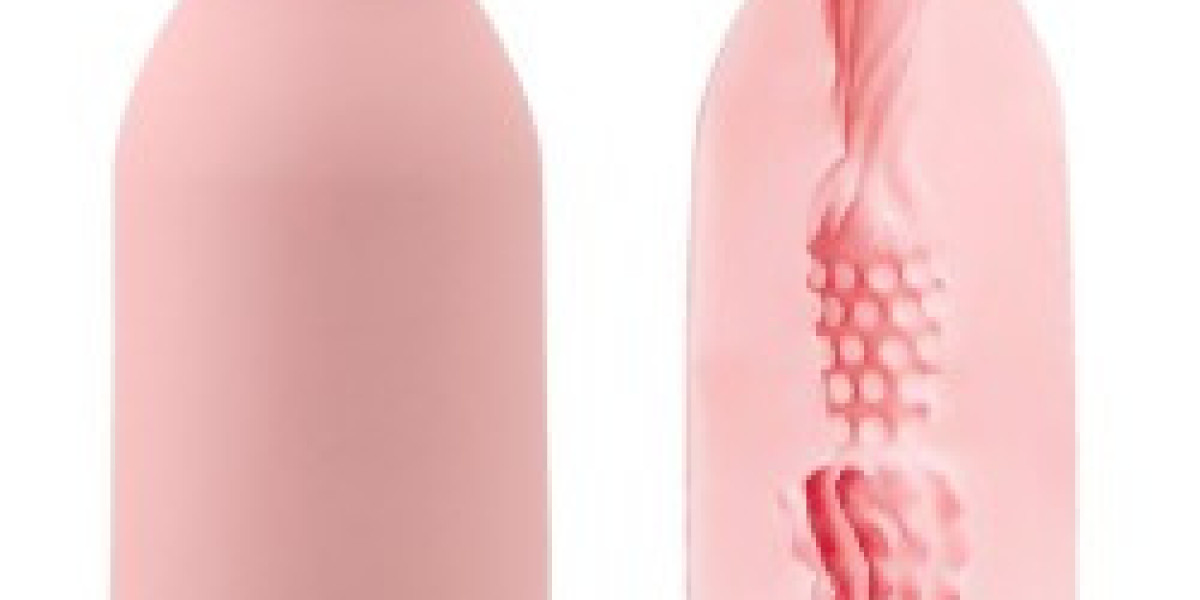In 2025, procurement professionals face an increasingly complex trade environment. U.S. tariff actions—on everything from steel and copper to automotive goods—alongside global trade policy volatility have upended cost modeling, supplier strategy, and contract negotiation. As procurement becomes a strategic fulcrum, teams must evolve rapidly to maintain margins, resilience, and operational continuity.
1. Mapping Tariff Exposure Across the Chain
Procurement teams are no longer managing only direct purchasing costs. Today, estimating total tariff exposure requires deep visibility into:
Commodity-level exposure (e.g. steel, copper, electronics)
Indirect costs, including freight, supplier renegotiations, and logistics fees
Secondary impacts like inflation ripple effects and inventory imbalances
Leading organizations use spend analytics platforms to identify tier‑1 and tier‑2 vulnerabilities and trace cost implications throughout the supply chain. When tied to scenario planning modules, this intelligence helps shape strategy under multiple tariff risk profiles.
2. Building Tariff-Resilient Contracts
To insulate operations from sudden policy shifts, procurement teams are redesigning contracts with flexibility baked in:
Tiered price adjustment clauses: Allow adjustments if rates rise above defined thresholds (e.g. 2–3%).
Clarified cost responsibility language in terms like FOB, CIF, and DDP based on tariff classifications.
Force majeure updates that explicitly cover government policy and tariff changes—with defined notice and termination rights.
UK businesses, facing sharp U.S. tariff escalation, are actively rewriting contracts—adding break clauses, flexible pricing mechanisms, and exit terms—with some switching suppliers entirely to avoid exposure. Around 90% of firms in recent surveys are taking such action.
3. Diversifying Supplier Networks
Supplier diversification is rapidly emerging as a strategic imperative:
Procurement leaders qualify multiple suppliers across different countries, especially those under favorable trade regimes or FTAs.
Strategic partnerships with suppliers in lower-tariff zones—for instance Canada, Mexico, or emerging economies—provide alternative sourcing routes when U.S. tariffs spike.
Joint ventures and regional manufacturing alliances also help bypass tariffs altogether or reduce long lead-time exposure to policy risk.
4. Scenario Planning with Analytics & AI
Data-driven decision-making is now standard in procurement:
Teams leverage AI-based scenario tools to simulate tariff policy shifts and forecast total landed cost impact, triangulating supplier risk and possible rerouting decisions.
Control towers that integrate spend analytics, supplier data, and trade-policy indicators provide procurement and finance teams with real-time dashboards for decision support.
This predictive environment enables organizations to move from reactive to proactive: flagging at-risk product categories and adjusting sourcing strategies before costs escalate.
5. Collaborative Supplier Negotiation
Instead of passing all costs downstream, procurement teams are steering collaborative relationships:
Negotiations often involve sharing tariff burdens or adjusting payment terms to smooth volatility.
Some suppliers are proactively investing in tariff diversification strategies—opening new production nodes in low-tariff hubs—which can benefit both parties.
Strong supplier partnerships are seen as a competitive advantage, allowing organizations to navigate uncertainty more seamlessly when trade policies shift.
6. Disciplined Long‑Term Planning Over Panic
Amid fluctuating trade policies, procurement leaders emphasize consistency:
Concepts like dollar-cost averaging are applied: spreading sourcing changes over time rather than reacting to every tariff announcement.
They also protect long‑term sourcing strategies—rather than abandoning plans at each market ripple—in order to maintain stability and leverage over time.
This disciplined posture helps teams avoid costly supplier churn and erratic cost structures driven by market noise.
7. Sector-Specific Responses & Public Procurement
Different industries are reacting with specialized approaches:
Beauty brands are reformulating products, shifting ingredient sourcing (e.g. vanilla, niacinamide) to lower-tariff regions, or adopting biotech alternatives to shield margins.
In public-sector procurement (e.g. universities), teams rely heavily on contracted supplier catalogs and avoid one-off sourcing from high-tariff regions. They request transparent tariff cost breakdowns rather than hidden embedded costs.
8. Macro Trends: Policy & Regulation
Tariffs continue to evolve rapidly:
The U.S. administration has imposed tariffs up to 50% on steel and aluminium, 30% on all Chinese goods, and 25% on auto parts and vehicles—some set to expire or are suspended mid‑2025. This force shifts sourcing decisions overnight.
In parallel, initiatives like the Trade Review Act of 2025 aim to limit unilateral executive tariff powers—requiring Congressional approval beyond 60 days—a move welcomed by many businesses for improved policy predictability.
Summary: Procurement Tactics in a Tariff-Driven World
| Strategy | Role in Mitigating Tariffs |
|---|---|
| Exposure Mapping | Quantifies total tariff risk across products and suppliers |
| Flexible Contracts | Builds tariff-handling into pricing, terms, and clauses |
| Supplier Diversification | Avoids overreliance on high-tariff regions |
| Analytics & Scenario Tools | Enables proactive, data-backed sourcing decisions |
| Collaborative Negotiation | Shares tariff burden and aligns supplier adaptability |
| Long-Term Strategy | Prioritizes stability over short-term reaction |
| Sector‑Tailored Approaches | Adjusts sourcing per industry complexities |
Takeaways for Procurement Leaders
Leverage spend analytics and AI to map true cost exposure across your supply base.
Update contracts proactively—embed adjustment clauses, reframe cost allocation, and broaden force majeure definitions.
Diversify suppliers geographically; qualify alternate sourcing partners in tariff-friendly regions.
Simulate tariff scenarios and maintain real-time dashboards for aligned procurement and finance decision-making.
Foster strategic supplier relationships oriented toward joint resilience and flexibility.
Stay steady—don't abandon long-term sourcing strategy due to short-term volatility.
Use sector-specific strategies (public procurement, ingredient sourcing, manufacturing) to adapt faster to shifting policy.
Procurement in 2025 demands agility, foresight, and rigorous cost discipline. By adopting flexible contracts, smart analytics, diversified networks, and strong supplier collaboration, teams can navigate tariff volatility not just defensively—but as a competitive differentiator.
Procurement teams that anticipate risk—rather than react to crisis—are better positioned to protect margins, accelerate supplier innovation, and maintain supply continuity amid shifting trade dynamics.








